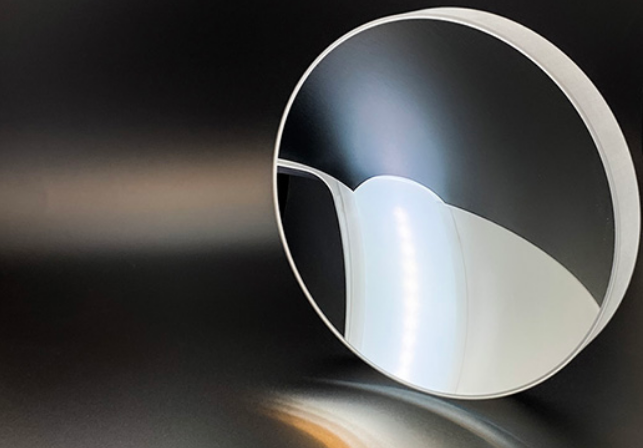Types of Spherical Lenses and Their Uses
May. 17, 2024
Introduction:
A magnifying glass, a type of lens, is used to enlarge the image of small print. Lenses are transparent objects made of glass or other transparent materials. They are extensively used in spectacles, microscopes, and telescopes because they can form various kinds of images of objects placed in front of them. In this section, we will explore the types and uses of spherical lenses and how they form images.
Spherical Lenses and Their Uses:
Spherical lenses are transparent objects made of transparent materials such as glass or clear plastic. They are widely used in spectacles, microscopes, and telescopes.
Spherical lenses are transparent in nature, as they are made up of glass or clear plastic. Hence, they refract light as light can pass through them completely. Light undergoes a change in speed on entering a lens and again on emerging out of it.
Spherical lenses are used in:
- Telescopes to observe distant celestial bodies such as planets and stars.
- Microscopes to provide highly magnified images of microscopic objects like microorganisms.
- Spectacles to correct vision for individuals with various eye defects.
- Peepholes to see the person standing outside the door.
Types of Spherical Lenses:
Spherical lenses are basically of two types, viz., convex and concave lenses.
- Those lenses that are thicker in the middle compared to the edges are called convex lenses. Both the surfaces of a convex lens are convex, i.e., bulged out.
- Those lenses that are thicker in the edges compared to the middle part are called concave lenses. Both the surfaces of a concave lens are concave, i.e., bulged in.
Convex Lenses:
When a parallel beam of light passes through a convex lens, it converges to a point after refraction. This point is called the focal point or focus of a convex lens. Because a parallel beam of light converges to a point after refraction, a convex lens is also known as a converging lens.
Concave Lenses:
When a parallel beam of light passes through a concave lens, it diverges in such a way that it appears to originate from a point after refraction. This point is called the focal point or focus of a concave lens. Because a parallel beam of light diverges after refraction, a concave lens is also known as a diverging lens.
Summary
Lenses are transparent objects made from materials such as glass and clear plastic. They are widely used in spectacles, microscopes, and telescopes. Spherical lenses come in two main types: convex and concave lenses.
Convex lenses are thicker in the middle than at the edges, with both surfaces bulging outward. When a parallel beam of light passes through a convex lens, it converges to a point after refraction, known as the focal point. Due to this converging property, convex lenses can focus light to start a fire.
Concave lenses are thicker at the edges than in the middle, with both surfaces curving inward. When a parallel beam of light passes through a concave lens, it diverges as if originating from a point after refraction, known as the focal point. Concave lenses do not converge light and cannot be used to start a fire.
A convex lens can form various types of images, including real, virtual, inverted, upright, diminished, magnified, and the same size as the object. In contrast, a concave lens only forms virtual, upright, and diminished images of an object.






















